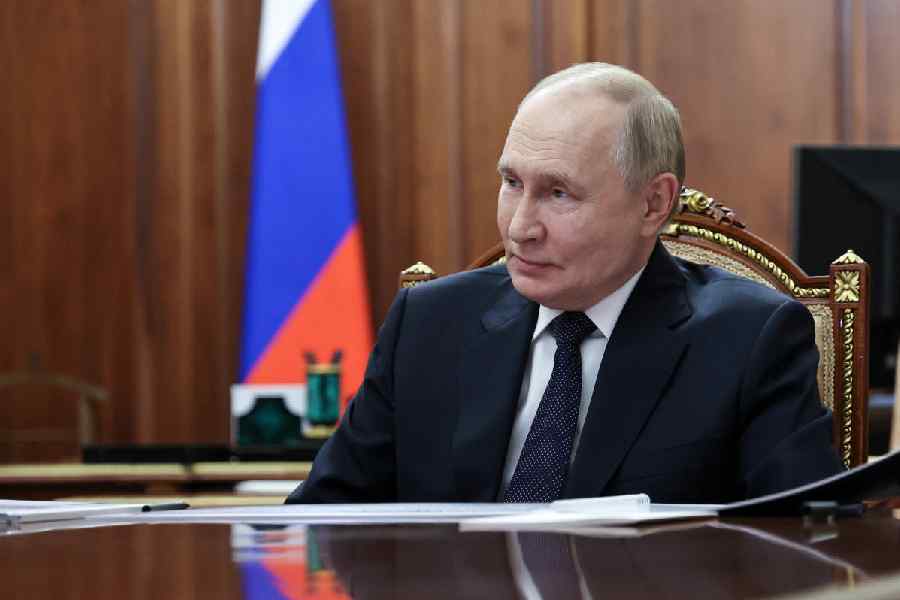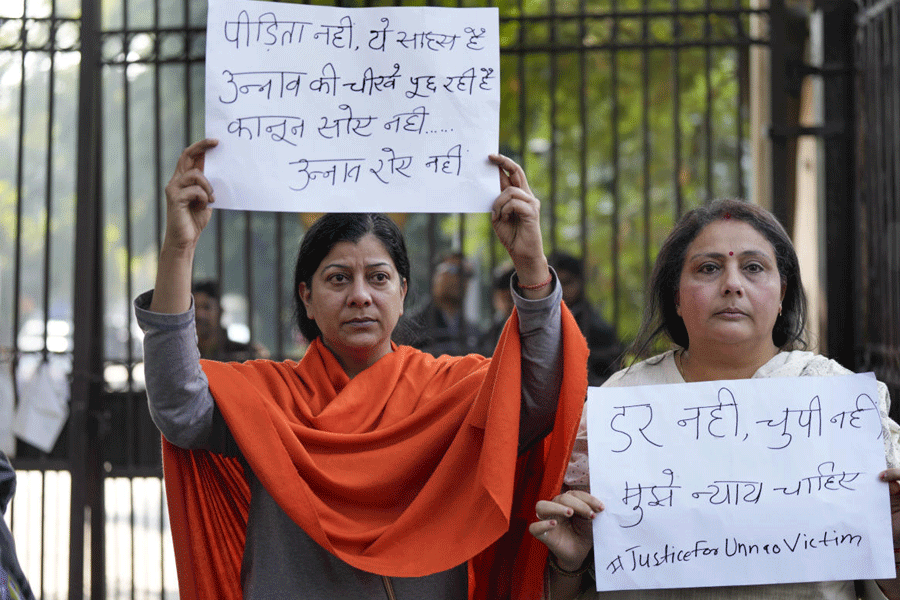The endgame is underway in Afghanistan. The Americans are pulling out with nary a glance over their shoulders at the wreckage they’re leaving behind.
Firstly, there’s no money to pay the soldiers of the beleaguered Afghan National Army who’ve also got scant ammunition to keep on fighting. US air support that decided many battles has been missing in action. Says one Indian diplomat about the demoralised Afghan forces: “It’s more than about money, it’s the shock, It’s lack of ammo, support, salaries.”
In fact, the Americans have focused on either destroying or disabling most of the equipment they’re leaving behind, rather than finding ways to bolster the Afghan army. To the surprise of the Afghans, they flitted out of Bagram Airbase, the war headquarters in the dead of night.
Even the British are voicing alarm at America’s precipitous and callous rush to the Afghan exit, seeing it as just creating another load of new, perilous problems to cope with from terrorism to a new flood of Europe-bound refugees. UK Defence Minister Ben Wallace, while conceding it was unusual for London to openly criticise the US, predicted worryingly on Friday that Al Qaeda “will probably come back”. Added Tom Tom Tugendhat, MP and chairman of the UK Foreign Affairs Committee: “We’ve just pulled the rug out from under them (the Afghan Army). We’ve taken away their air support, taken away their logistics,”
President Joe Biden clearly isn’t the least perturbed even as his allies express concern. He put the responsibility squarely on the under-resourced, overstretched Afghans a few days ago to resist the Taliban, saying: “They’ve got to fight for themselves, fight for their nation.”
So what was Biden’s rationale for exiting Afghanistan (though the cost of the US presence had become much more modest in terms of money and casualties -- fewer than 25 American soldiers have died each year in Afghanistan since 2015)? Biden didn’t figure that a few thousand troops could possibly make much of a difference to the future of Afghanistan and that exiting would play well back home. Now, it turns out that the US soldiers were doing something -- standing between an imperfect status quo and a Taliban sweep with the tragically devastating humanitarian consequences.
There are multiple theories on how the battle scenario will unfold in the coming weeks. The optimistic view is that the Afghan Army is holding back. As the Taliban gets overstretched and overconfident, the Afghan Army will strike back and recapture some lost provinces and their capitals. Alternatively, the Afghan Army’s saving itself to ensure that Kabul can put up a strong resistance.
This scenario is looking increasingly unlikely as Afghanistan’s second-largest city, Kandahar, fell Friday. Herat, which is close to Iran and where the Taliban never traditionally held much sway, has also fallen to the Islamic movement. Even the US doesn’t believe the government can hold Kabul for long and the Pentagon just announced troops would be flying into the city and plans have been made to airlift ‘thousands per day’.
The brutal reality is that without ammunition or salaries the army’s soldiers are being forced to throw down their arms – possibly after a suitable payment is thrown in. The Afghan way of war -- both for the Taliban and their opponents – is very different and very often money plays a huge role.
Intelligence reports till a few weeks ago reckoned that the Ghani administration, backed by the army could hold out for six months, but as the Taliban surge continues, the estimates are becoming weeks rather than months. The Taliban, meanwhile, has suddenly upped the ante and has declared it won’t negotiate with Afghan President Ashraf Ghani.
So the guessing game has begun about who will succeed Ghani. The frontrunner’s Abdullah Abdullah who currently has the long and impressive-sounding title of Chairman of the High Council for National Reconciliation. He’s been the chief peace negotiator. His weakness is his mixed heritage of being a Pashtun-Tajik. He’s seen more as a Tajik leader in a country where the Pashtuns are the majority. Another familiar name being mentioned is former president Hamid Karzai – he’s a known player both in India and elsewhere with formidable survival skills.
There’s a third candidate in the running too: Zalmay Khalilzad, the ethnic Pashtun, who’s been the US chief negotiator both for President Donald Trump and now for Biden. He’s talked to the Taliban for years and it’s always been said he wanted the job. But his chances look increasingly dim as he’s being blamed for the botched American pullout. Besides that, he was the US negotiator who forced the Afghan government to release 5,000 prisoners as demanded by the Taliban without any quid pro quo. Many, if not most, of those 5,000 have now taken up arms against the government.
As the fighting rages, one mystery is about the warlords who would normally have taken on the Taliban. One of them, Mohammad Ismail Khan, has not only surrendered but also been taken prisoner in Herat, a city where the Iranians normally wield strong influence. Others like Atta Noor, have also just begun taking to the battlefield.
A Taliban government that holds sway over most of the country would be bad news for almost every country in the region. For instance, the ETIM (East Turkestan Islamic Movement) has been fighting alongside the Taliban in Afghanistan. Their prime goal is to establish a Uighur state in China’s restive Xinjiang province. ETIM’s future moves were clearly the main topic of conversation when the Chinese Foreign Minister Wang Yi met Taliban leaders last week.
Also in the battlefield with the Taliban are fighters from the Islamic Movement of Uzbekistan. It’s already stirred trouble in Kyrgyzstan and Uzbekistan and there’s no doubt the Russians will be watching the organisation worriedly. The Iranians will be alarmed that the Taliban have been able to take Herat which could turn into a springboard for terrorist activity in their own country.
For India, the dangers are obvious. Afghanistan could once again turn into a training ground and a launchpad for terror strikes into our country.
Is the new Taliban any different from the old? From the evidence on the ground that’s a totally unrealistic expectation, though the older, at one time key players, may have been sidelined. Mullah Bradar, for instance, has been held by the Pakistanis for around eight years and is, anyway, never allowed far without minders.
Pakistan, for now, is playing the victim, saying it’s worried about a flood of refugees adding to the hundreds of thousands it already has.
India is also coping with a demand for visas that must be okayed quickly.
Indian diplomats have also been talking to the Taliban in Qatar, though they have downplayed it. What India can gain from talks and why it asked for Qatari help is not immediately clear. Other channels of communication could have been opened. India should have moved much earlier and ensured all its lines of communications stayed open even when the US was the primary force in Afghanistan.
The US, for its part, appears unconcerned about the humanitarian and political aftershocks that will ensue from its departure that will undoubtedly create new terrorist threats. There’s speculation that Washington has wrung out an agreement from the Taliban to ensure there are no attacks on US interests, though how long that would hold is anyone’s guess. So the collateral damage could be in India, Iran, Central Asia, in fact all the way up to China and even marginally Russia. It’s a dire situation for everyone concerned. It may turn out that having the US and other allied forces in Afghanistan was cheap at the price for all the new problems that the withdrawal is about to unleash.











